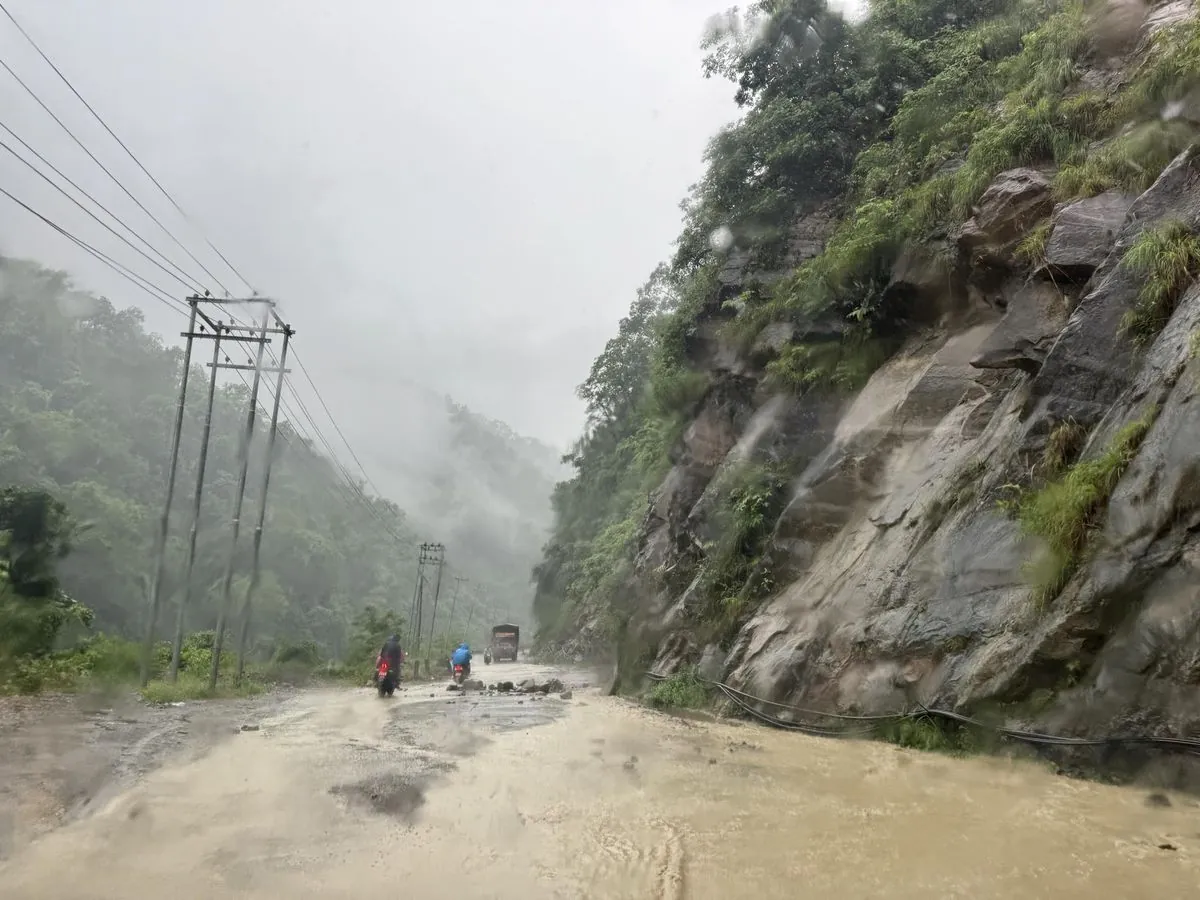Nepal Flood Tragedy: 193 Dead, Rescue Efforts Intensify
Heavy rainfall in Nepal triggers deadly floods and landslides, claiming 193 lives. Rescue operations accelerate as weather improves, with 31 still missing and 96 injured across the nation.

Recent heavy rainfall in Nepal has resulted in catastrophic flooding and landslides, leading to a significant loss of life and widespread destruction. As of Monday, September 29, 2024, officials reported that the death toll had reached 193, with rescue and recovery efforts intensifying across the Himalayan nation.
Nepal, a landlocked country in South Asia known for its diverse geography ranging from the Terai plains to the high Himalayas, is no stranger to natural disasters. However, this recent event has proven particularly devastating, affecting various parts of the country, including the capital city, Kathmandu.
According to police statements, 31 individuals remain unaccounted for, while 96 others have sustained injuries. The capital, Kathmandu, situated in a valley surrounded by mountains, bore the brunt of the heavy rainfall, with its southern areas experiencing severe flooding.
One of the most tragic incidents occurred on a highway leading to Kathmandu, where three buses, caught in a traffic jam, were buried by a landslide. This single event resulted in the loss of three dozen lives, underscoring the sudden and deadly nature of these natural disasters.

Nepal's mountainous terrain and susceptibility to intense rainfall events, exacerbated by climate change in the Himalayan region, contribute to its vulnerability to such calamities. The country's history is marked by similar disasters, including major flash floods in 1993, 2008, and 2014.
The recent tragedy highlights the ongoing challenges Nepal faces in disaster preparedness and response. In recent years, the nation has been working to improve its early warning systems for floods and implement better disaster risk reduction strategies, often in collaboration with international organizations.
As the weather conditions improved on Sunday and Monday, rescue and recovery operations were able to proceed more effectively. These efforts are crucial, given Nepal's complex geography and the widespread impact of the disaster.
This event serves as a stark reminder of the environmental challenges facing Nepal. The country's economy, heavily reliant on agriculture and tourism, is particularly vulnerable to climate-related disasters. Deforestation has also contributed to increased landslide risks, compounding the natural hazards posed by the mountainous landscape.
As Nepal grapples with this latest tragedy, the focus remains on immediate rescue efforts and providing aid to affected communities. However, the incident also underscores the urgent need for long-term strategies to mitigate the impact of such disasters in the future, especially in light of changing climate patterns and their effect on the fragile Himalayan ecosystem.


































